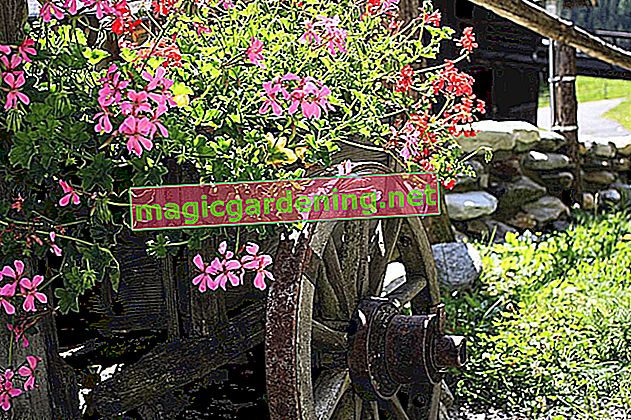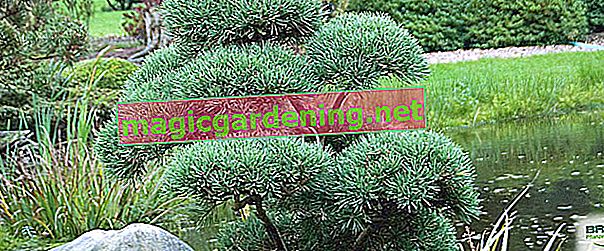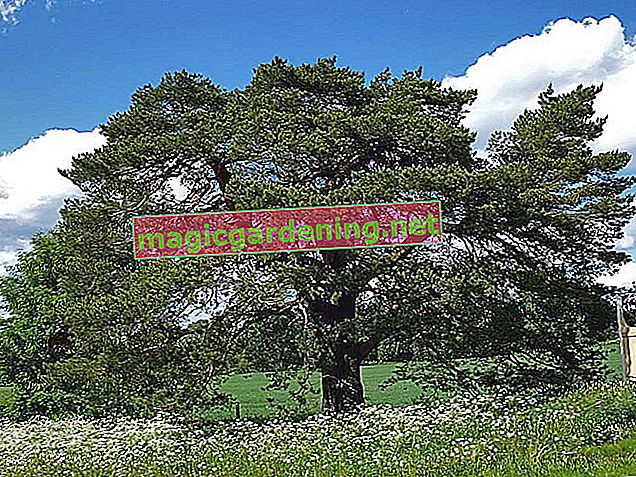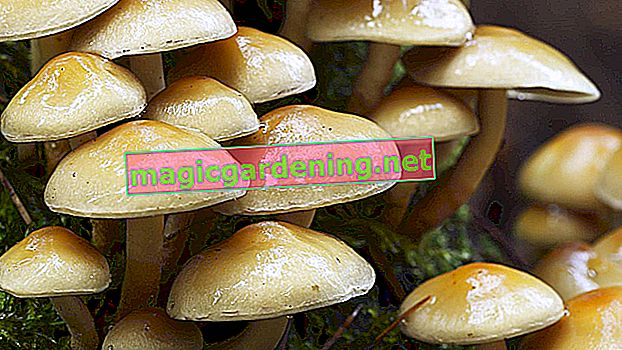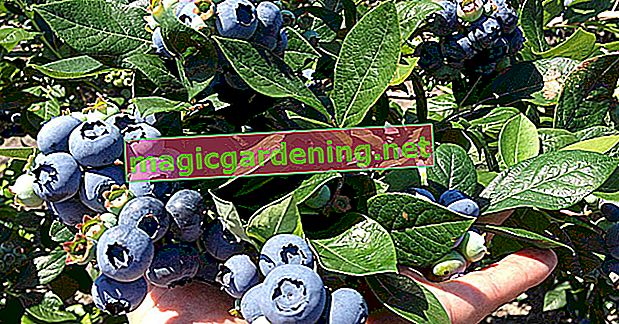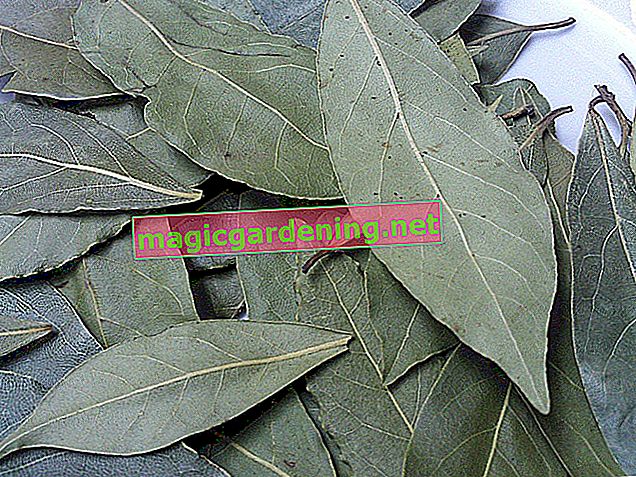
Deficiency symptoms in the leaves and roots of the spice laurel
Basically, the real laurel prefers a sun-drenched location with a permeable soil due to its southern origin. If it is planted outdoors in a shady place with a heavy, wet soil, it can lead to stunted growth or leaves falling off, even with otherwise good care. If brown leaves or leaves appear without a cut in the plant, this may be due to an over- or under-supply of water. This can be seen when transplanting the laurel by the either dried up or slightly rotten hair roots. In a sufficiently large pot, bay leaves should be watered at least once a week when it is dry, but you should also avoid waterlogging here. Since the spice laurel is sensitive to salts,you should only fertilize it sparingly and, if possible, with organic fertilizer.
also read
- The perfect location for the laurel
- Plant laurel correctly as a garden plant and spice
- Harvest laurel from your own cultivation correctly
Diseases of the laurel
The so-called shotgun disease is regularly mentioned in connection with laurel, but it affects the cherry laurel used for hedges more than the real laurel. Fungicide spraying and reduced nitrogen fertilization are recommended as a measure against the disease. In addition, the real bay laurel (Laurus nobilis) is a relatively resilient plant that is hardly prone to infestation with diseases.
Pests on the shoots and leaves of the laurel
In rare cases the spice laurel can be infested with spider mites, scale insects and mealybugs, which you can recognize by the blotchy leaves and fine webs. Since the laurel can only be overwintered outdoors in mild locations in this country, it often spends the winter in warm winter quarters. So that a pest infestation is less likely here, the temperature should not exceed 8 degrees Celsius if possible and you should winterize the bay plants as late as possible and as early as possible.
Tips
If laurel pests are infected, try to remove the insects by collecting them or by washing them off with a sharp water jet. The use of appropriate insecticides makes the leaves taboo for a harvest for consumption for months or years.


